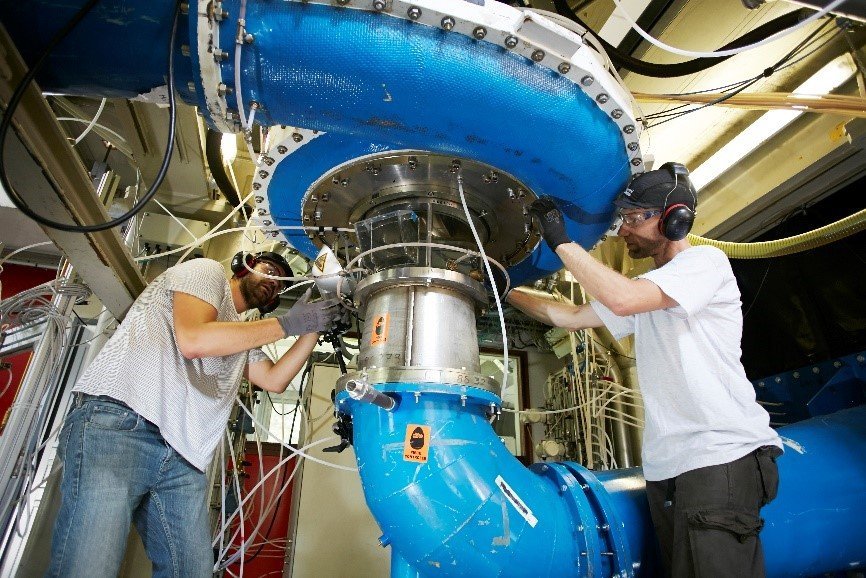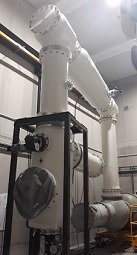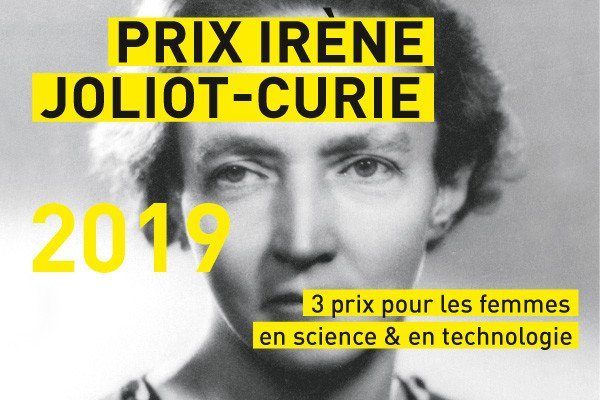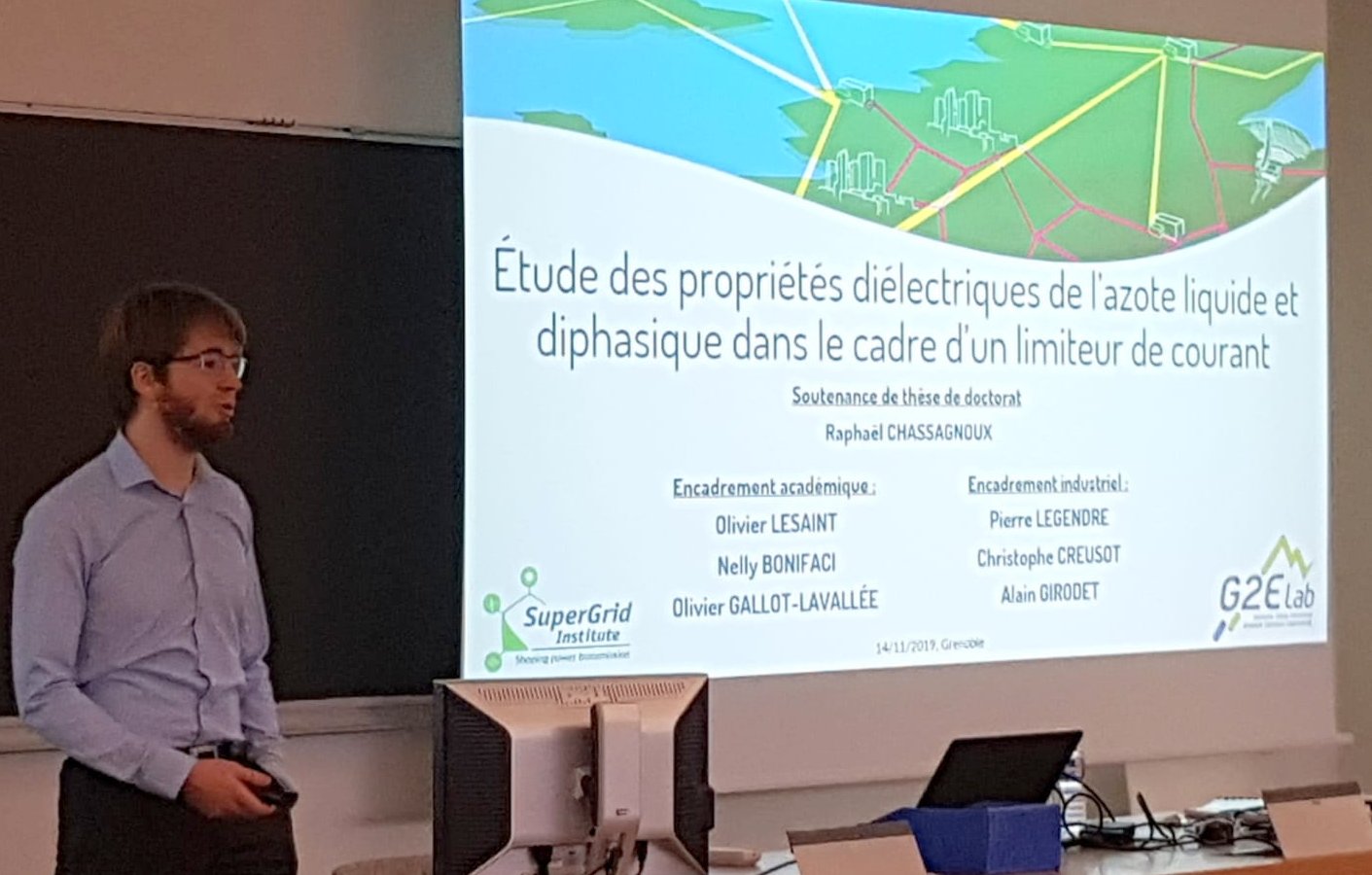SuperGrid Institute’s “turbine type” readiness conclusions
How can we reduce the “S-Shaped” characteristics (stability) of a hydraulic turbine while maintaining its high performance? This spring, SuperGrid Institute completed several months of testing on different turbine designs for Pumped Storage Power Plants (PSPP). This promising and extensive research, which aims to improve power network services (supply security, flexibility, efficiency, etc.), has helped us better understand the physical phenomena and water flow that take place within turbines. It has also enabled us to corroborate our Computational Fluid Dynamics (CFD) simulation tools. A patent application was filed in September 2019 on this new technology.







